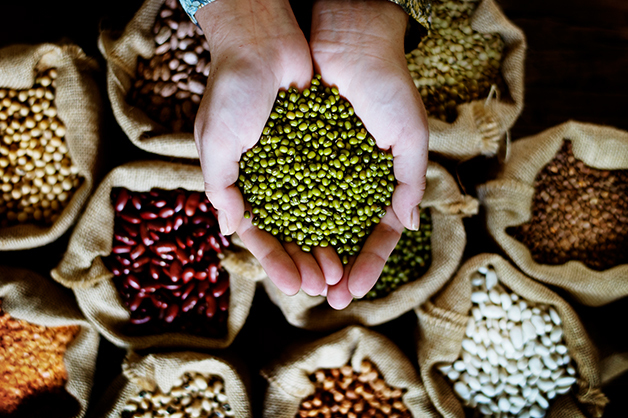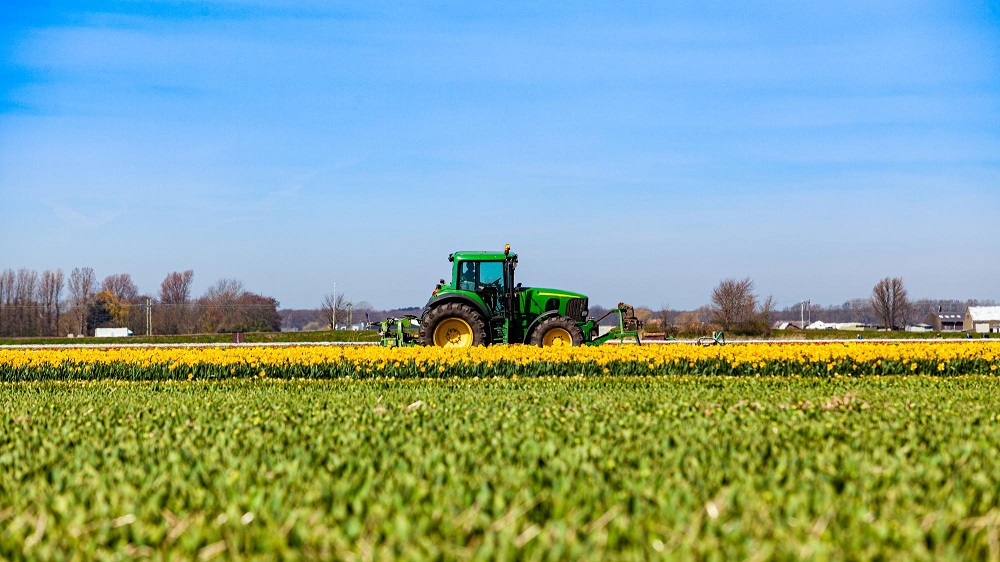Farming in India has come a long way.
From relying on the monsoon to mandi prices being checked on smartphones, the Indian farmers are not the same community as they were ten years ago. Smarter, more informed, and extremely resilient — today’s farmer is embracing change. But as we discuss modern seeds and smart irrigation, there’s another silent revolution going on behind the scenes: agri warehousing.
Those days are long gone when a plastic sheet, cement platform, or field corner was the storage for grain. Now, with today’s dynamic agricultural environment, crop storage is not simply a matter of a roof. It’s a science of preservation, protection from losses, and intelligent logistics. Because, let’s face it — a farmer’s work isn’t done after harvest. That’s when the real challenge starts.
The Post-Harvest Problem No One Talks About
India loses millions of tonnes of crops after harvesting every year due to poor storage and handling techniques. The result? Not only loss of food, but loss of income, opportunity, and hope. Imagine planting the perfect crop and watching it go to waste or selling it under pressure for less money — just because there is lack of scientific storage facilities. .
That is where technology-driven agri-warehousing steps in as a savior.
Storage That Thinks Smarter
Now imagine this — scientifically built agri-warehouses equipped with risk mitigation practices, real-time monitoring, and robust warehouse management systems. From skilled on-ground manpower ensuring smooth operations to tech-enabled food quality checks that assess moisture, pests, and grading, every detail is managed with precision.
These aren’t just storage spaces — they’re intelligent ecosystems designed to preserve the quality of crops and protect farmer income.
We at SLCM have established a pan-India network of futuristic smart warehouses, but rooted in the actual requirements of the Indian farmer. From wheat and rice to pulses, oilseeds, and perishables — our crop warehousing solutions are custom-fit for each season, each region, and each crop.
Why It Matters More Than Ever
The new era of agri infrastructure isn’t just about storing harvests — it’s about empowering choices. With better storage, farmers can wait for the right price, reduce distress selling, access finance against stored produce, and plan better for the next sowing cycle.
This shift is helping agri community transition from survival mode to strategy mode.
What Makes Modern Agri Warehousing Different?
- Digital traceability of Commodity and monitor the health of commodity at regular intervals
- Collateral management to help farmers access credit
- Risk mitigation through structured SOPs
- Integration with logistics and procurement systems
- Climate-controlled storage that extends shelf life
- Digitized and real-time surveillance of warehouses
All of this translates to better returns, reduced waste, and a more resilient agriculture ecosystem.
At SLCM, warehousing and food security is a responsibility. One that directly impacts livelihoods, food security, and the future of Indian agriculture.



